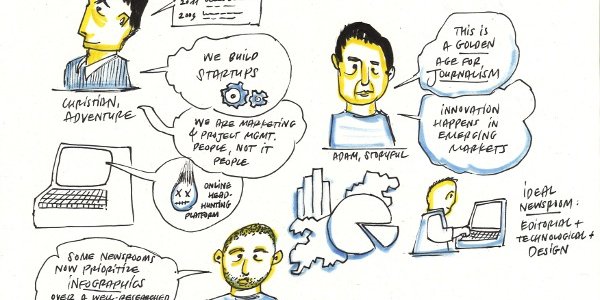Ideathon at TOA Berlin sparks compelling questions for journalists and developers

At an "ideathon" organised by WAN-IFRA on Friday at Tech Open Air, the participants were given the task of defining concrete challenges that developers and journalists can work on together. I would like to share four of these with you:
- How to tag an article archive with geolocation data? – News sites are looking to provide their readers with content that is specific to their location. They're sitting on millions of articles that have no geolocation data. Is there a way to add these tags in retrospect?
- How to present an article archive going back many, many years? – Again, traditional news organisations have archives that go back to the early 20th, sometimes 19th century. There is a lot of value in this. How can news sites make better use of their archives? How can they present them to readers? How can they monetize them?
- How can we allow readers to challenge the facts? – This was my favourite one: Journalists love challenging other people's facts. But when it comes to letting other people challenge facts in journalism, there isn't much going on. Can we think of an interface that lets readers flag information in an article and provide contradicting information (e.g. links) to back up their challenge? What would the workflow look like behind such a tool? How to prevent abuse?
- How to make article versions and corrections more transparent? – Not all news sites are doing a good job when it comes to making corrections and additions to their articles more transparent. If they mention them at all, it's in the form of a note at the very bottom of the article. Can we think of a better way to highlight corrections? And can we think of a better way to show how an article has changed (e.g. as more information became available)?
I would love to receive any thoughts you might have on these questions and keep the conversation going!
